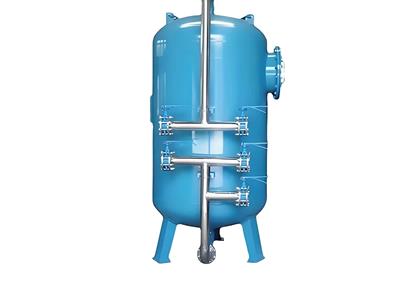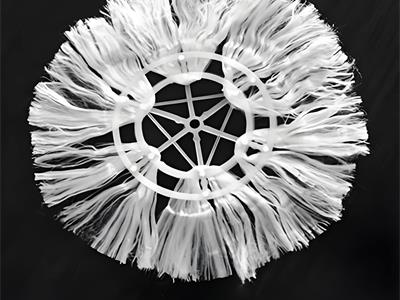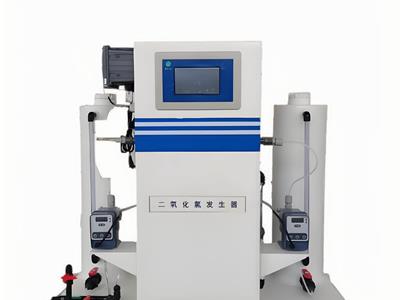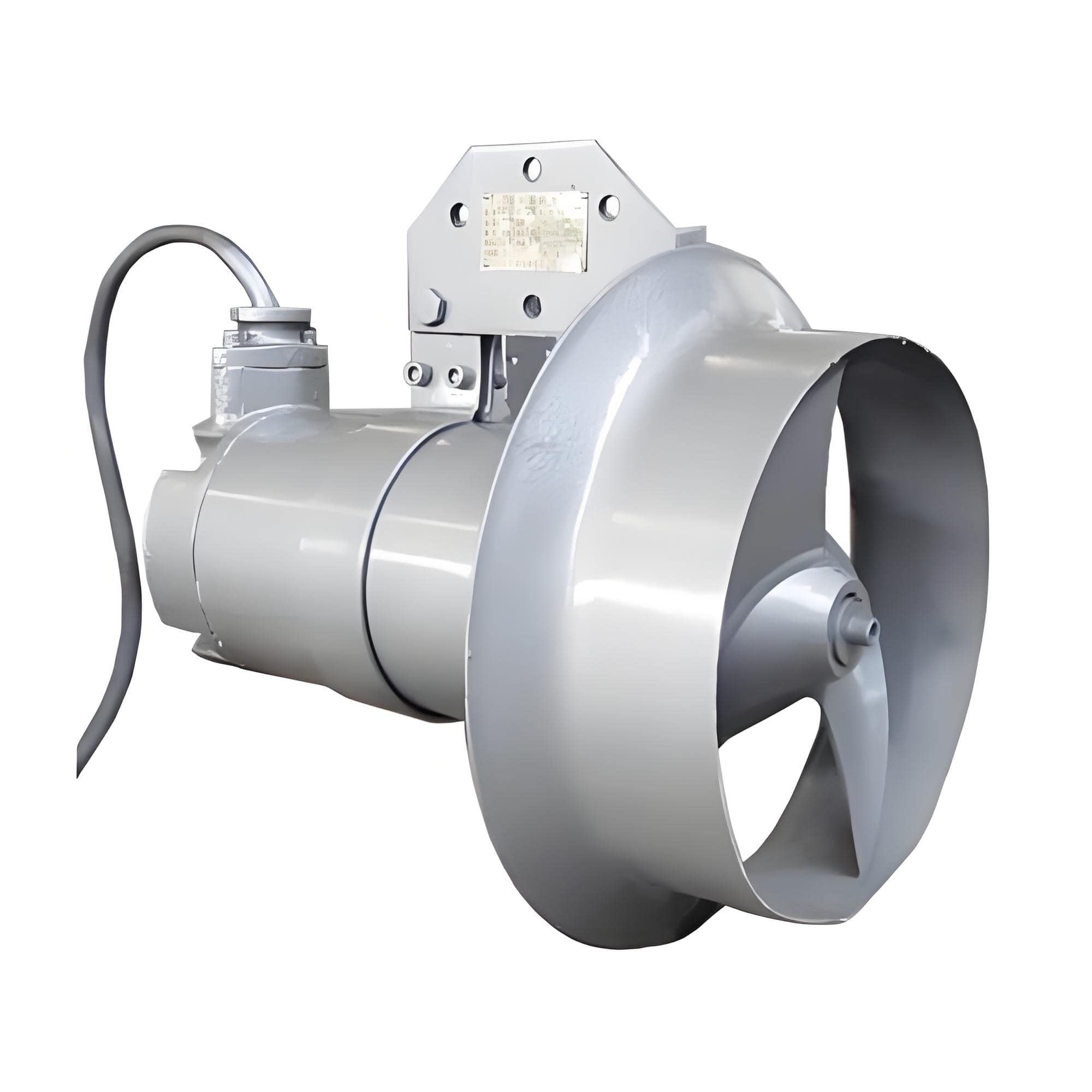- 2025-07-22
How to Remove Odors from Water
Analysis of the mechanism of odor generation
Hydrogen sulfide pollution: sulfate reduction reaction in anaerobic environment (concentration>0.05mg/L produces rotten egg smell)
Algae metabolites: eutrophic water releases geosmin and 2-methylisoborneol (MIB)
Disinfection by-products: chlorine reacts with humic acid to produce chlorophenols
Pipeline corrosion: iron and manganese bacteria metabolize to produce swamp smell
Three-level odor control system
1. Source pretreatment process
Enhanced coagulation and sedimentation (PAC dosage 20-40mg/L, pH control 6.5-7.2)
Pulsed ozone oxidation (dosage 1.0-3.0mg/L, contact time ≥5min)
2. Selection of core deodorization technology
Activated carbon adsorption system
Coal-based columnar carbon (iodine value ≥ 1000 mg/g, carbon tetrachloride adsorption rate ≥ 60%)
Empty bed contact time (EBCT) ≥ 10 minutes
Advanced oxidation process
Ultraviolet/hydrogen peroxide synergistic device (H₂O₂ addition 2-5 mg/L, UV dose 40 mJ/cm²)
Hydroxy radical generation rate >5×10⁻⁴ mol/L·s
Manganese sand catalytic filtration
KMnO₄ modified filter material (MnOx coating thickness>50μm)
Hydrogen sulfide removal load ≥3g/m²·h
Targeted removal of special pollutants
Geosin/MIB: emergency addition of powdered activated carbon (20-40mg/L)
Chlorophenols: biological activated carbon filter (backwash cycle 24-48h)
Iron and manganese odor: aeration + two-stage contact filtration (dissolved oxygen increased to 6mg/L)
Key parameters for project implementation
Activated carbon filtration rate control: 8-12m/h
Precise control of ozone addition: ORP≥650mV
Residual chlorine maintenance in the pipe network: 0.3-0.5mg/L (inhibit biofilm regeneration)
Water quality compliance verification indicators
Odor threshold (TON) <3 level (GB/T 5750.4 mandatory requirement)
Detection limit of geosmin ≤ 0.00001 mg/L (GC-MS combined analysis)
Residual hydrogen sulfide < 0.002 mg/L (methylene blue spectrophotometry)






